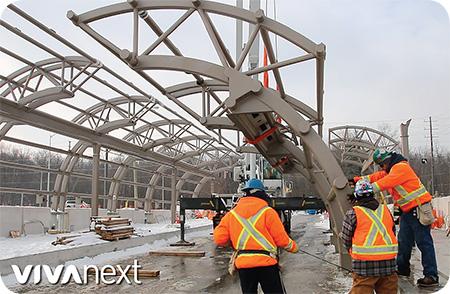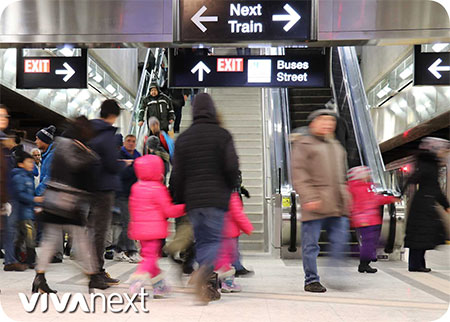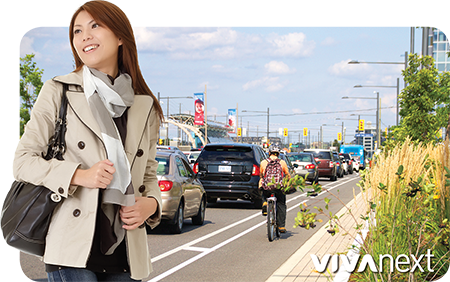
For most of us old enough to have our drivers’ license, our approach to transportation has taken a pretty linear path. First, we got driven around by our parents. Then, we got a bit of independence when we could bike to our friends’. The bike in turn was ditched on that much-anticipated and magical day when we could get our own “wheels.” Throughout, as a fallback, there was always the bus. For most of us, how we got around reflected where we lived and what our budget was. But what wasn’t an option, was the thought that at any given time there could be multiple good choices for how we could get around. Or even, that there might be something more convenient or desirable than owning our own car.
All that is changing, and fast.
As this compelling report from consulting firm Deloitte describes, mobility – i.e., how we get around, is quickly becoming something people are approaching as consumers, like any other service or goods they shop for. People want choice, they want flexibility, and they want convenience. And they want it now.
Mobility as a service – MaaS for short – is poised to change how we get around, in the same way that Netflix forever changed how we access entertainment. Remember that not-so-long-ago day, when watching a movie meant lining up at the movie theatre to buy a paper ticket? Now, to catch the latest, you still might want to go out to the theatre, or you might want to call it up on your smart TV at home. Or maybe you want to watch on your phone while you’re enjoying a latte at the coffee shop. Instantaneous options, to suit your mood, at a given moment. Oh, and you don’t need to pay for that movie with cash, since that’s all handled by your TV or phone’s app automatically. It’s all seamless, and easy to use, and we just take it for granted now.
Take that degree of transformation and apply it to how you get around. That’s how mobility is about to be changed.
Say you need to get from A to B. You go to your app, punch in where you are now and where you’re going, and it tells you all your options. Bike sharing, public transit, ride hailing, car sharing, etc. You’ll be told what combination will get you there soonest, and how much each component will cost. You pay on your phone. It’s all coordinated behind the scenes, but seamless for you.
Sounds like some kind of sci-fi? Not at all. Some cities, including in Europe and Japan, are way ahead and already have these apps in place, coordinating the services offered by a whole range of public and private sector mobility providers. Canadian cities aren’t all that far behind. And with some transformation, our public transit services will play a key role as they do in those other cities; many, including at York Region Rapid Transit, are already focusing on mobility options. This means lots of creative ways of working together to make mobility seamless and more efficient for consumers. The day is coming when you can have your own “wheels,” without owning a car.
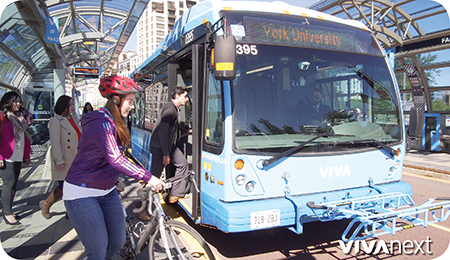

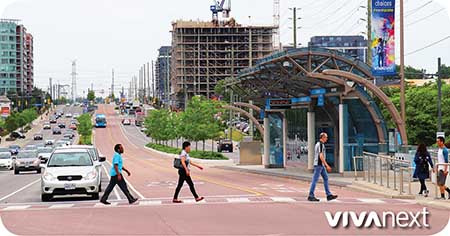

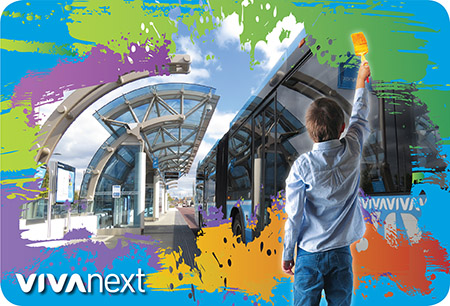
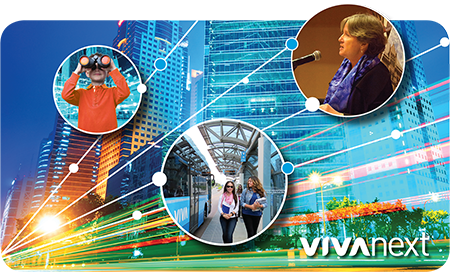


![we’re preparing for spring [despite what the groundhog may say…]](http://www.vivanext.com/blog/vivanext.com/blog/wp-content/uploads/2018/02/Blog_Corp_2018_02_02_Preparing_for_Spring.jpg)
